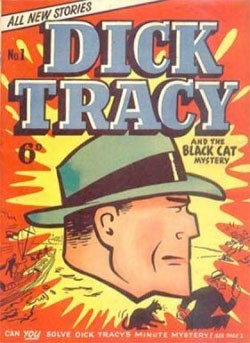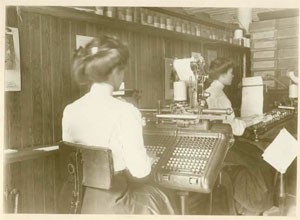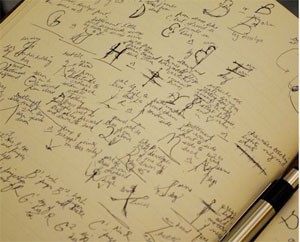 First seen on After Image: The Ballet Font Project “is a tribute to all those kids who were told to sit still and pay attention when, in fact, they just needed to move to think.” The website goes on to say:
First seen on After Image: The Ballet Font Project “is a tribute to all those kids who were told to sit still and pay attention when, in fact, they just needed to move to think.” The website goes on to say:
Paula was told in first grade she had a learning disability. By sixth grade she was well below her grade’s reading level when one observant teacher recognized her poise and graceful movements. This teacher encouraged Paula to go home and create the alphabet as though she were a ballerina. Paula came back to school the next morning dancing the letters and then sequenced all 26 into a unified performance. By the end of sixth grade she was reading and writing at grade level. The following year Paula earned above-average grades.
See the font and find out more here.


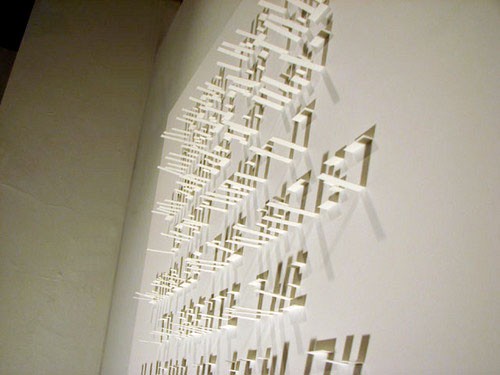
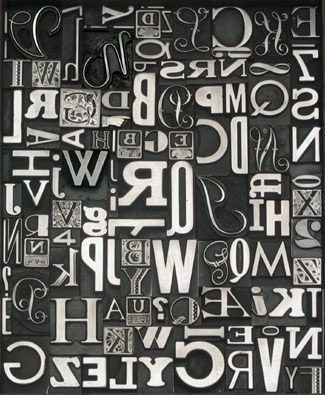 This message recently posted on the
This message recently posted on the 